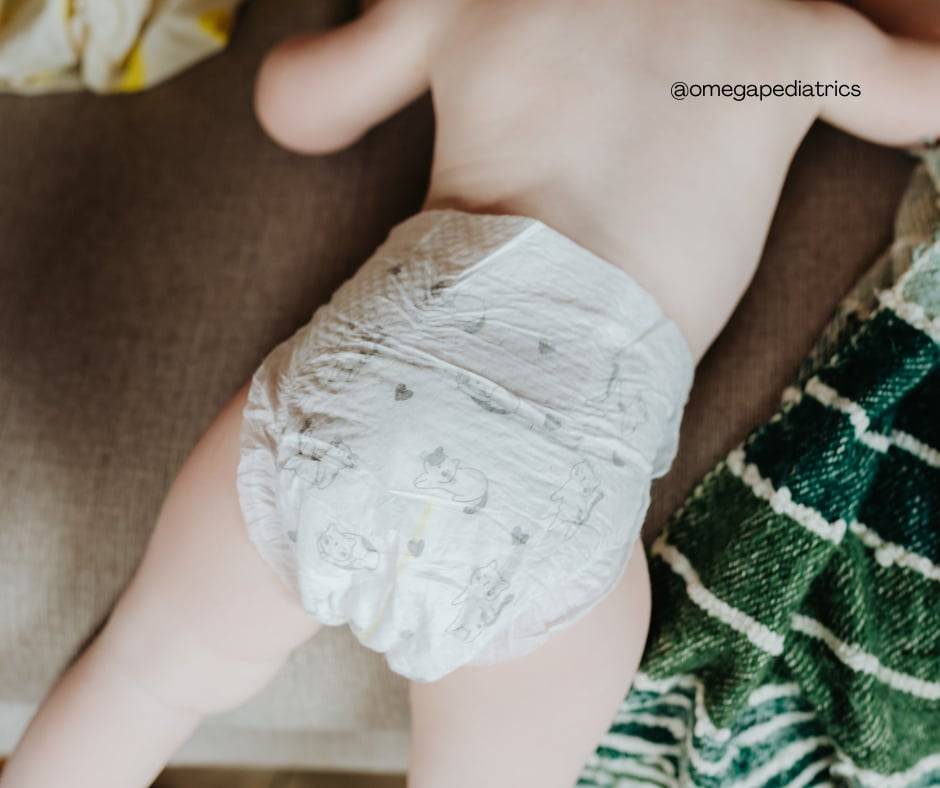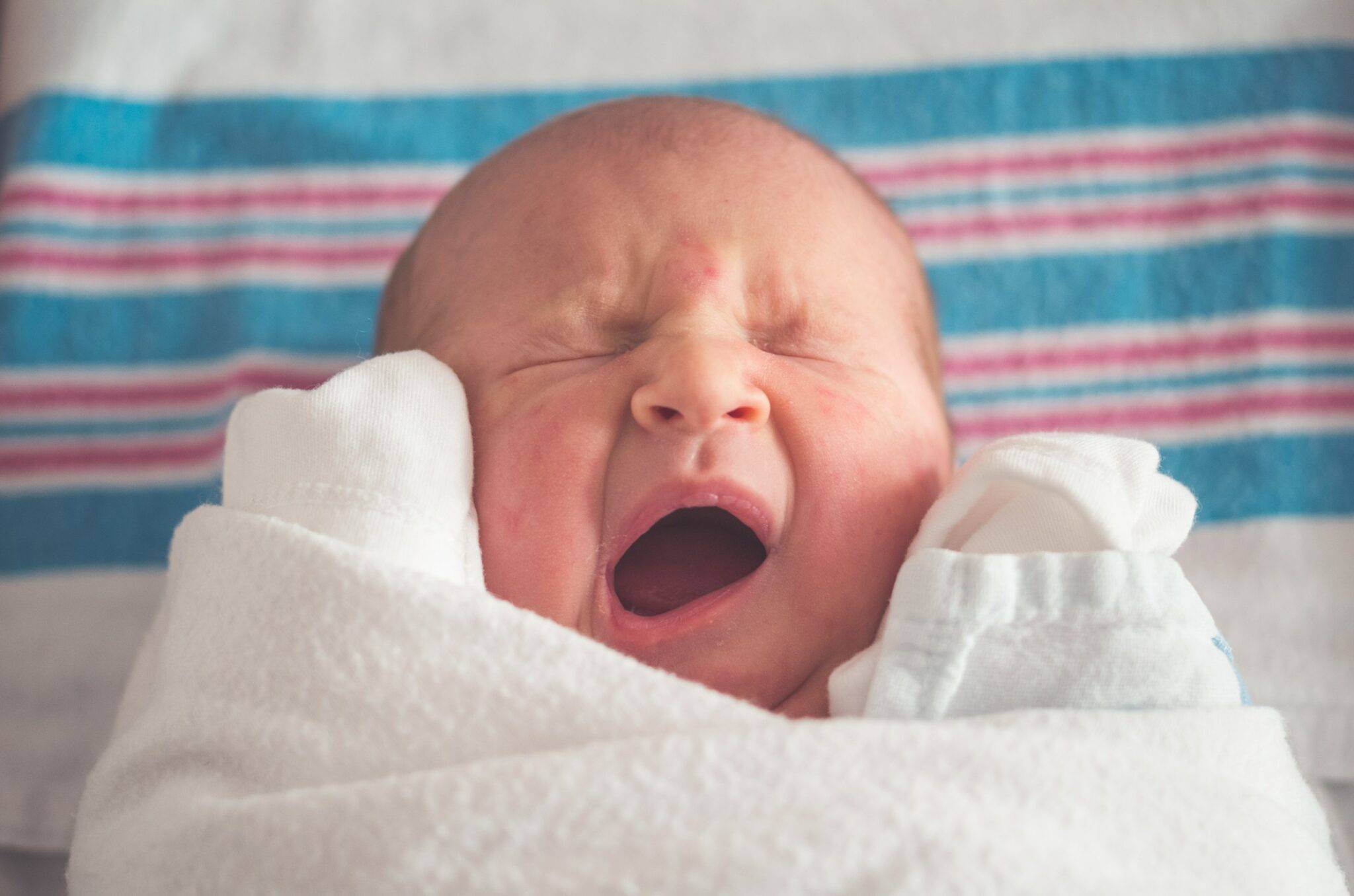Watching your baby grow is one of the most rewarding experiences for any parent. One significant milestone is when your newborn baby can lift head. This development indicates growing strength and control over their body, marking the start of many exciting changes to come.
Let’s dive into the various milestones leading to and following this crucial moment–when your newborn baby can lift head.
1. First Weeks: The Journey Begins, It’s Tummy Time
In the first few weeks of life, your baby is adapting to their new environment outside the womb. Their neck muscles are still very weak, so they rely on you for head support. During this period, tummy time becomes crucial. This involves laying your baby on their stomach while they’re awake and supervised.
Tummy time is essential for your baby’s physical development. This practice strengthens the muscles in their neck, shoulders, arms, and back, preparing them for various physical milestones. Particularly for the neck and shoulder muscles, this signifies a prelude to an important milestone: your newborn baby can lift head.
When your newborn baby can lift head, it encourages them to push up, roll over, sit up, crawl, and eventually walk. All these activities set the foundation for developing motor skills, hand-eye coordination, and sensory experiences as your baby begins to interact more with their environment.
Another benefit of tummy time is preventing flat spots at the back of the baby’s head, known as positional plagiocephaly. This is due to prolonged time lying on their back.
Tips for Effective Tummy Time
To make tummy time enjoyable and productive, consider these tips:
- Comfortable Surface: Use a soft, firm surface like a play mat or blanket to lay your baby on.
- Short Sessions: Start with short sessions of 3-5 minutes a few times a day and gradually increase the time as your baby gets stronger.
- Use Engaging Toys: Place colorful and safe toys, a mirror, or yourself in front of your baby to capture their interest, thus keeping them entertained and motivated.
- Get Down on Their Level: Lie down on the floor with your baby to provide comfort and encouragement.
- Consistency: Incorporate tummy time into your daily routine, such as after a diaper change or nap.
2. 2 -3 Months: Newborn Baby Can Lift Head
By two to three months old, you will notice your baby lifts their head briefly during tummy time. This is an exciting moment, indicating that their neck muscles are developing strength. At this stage, they also start turning their head from side to side.
To encourage your newborn baby to lift head, place a colorful toy or mirror in front of them during tummy time. The visual stimulation motivates them to lift their head and look around, further strengthening those muscles. Also, try gently talking to your baby or singing songs to keep them engaged and interested.
Celebrate small victories and continue to provide plenty of tummy time to support your baby’s growth.
Signs of Progress
Every baby develops at their own pace, so observe your baby’s progress without comparing them to others. During this period, watch for signs that your baby is gaining head control, such as:
- Increased Alertness: Your baby starts to stay awake for longer periods and show more interest in their surroundings. There are more confident movements.
- Better Focus: They will follow objects and faces with their eyes, turning their head to track movement.
- Stronger Movements: You might see them pushing up on their forearms, even if just for a few seconds.
3. 4 Months: Holding the Head Steady
At four months, most babies hold their heads steady without support. This milestone is crucial for developing other motor skills, like rolling over and sitting up. Holding their head steady also allows them to better interact with their environment and focus on objects and faces around them.
Developing good head control is essential for your baby’s overall development. It enables them to move on to more complex motor skills and contributes to their ability to explore and interact with the world. Additionally, it helps improve their vision and hearing by allowing them to focus and track sounds more effectively.
Activities to Support Head Control
Support your baby’s head control development by engaging in simple activities, such as:
- Sitting Up Practice: Sit your baby on your lap, facing you, and support their back and neck as they work on holding their head steady.
- Gentle Bouncing: While holding your baby securely, gently bounce them up and down. This movement helps them develop the muscles needed for head control.
- Mirror Play: Hold your baby in front of a mirror to encourage them to look at their reflection, promoting neck strength and awareness.
4. 5-6 Months: Tummy Time Champs
Between five and six months, your baby will likely become a tummy time champ, lifting their head and chest off the ground and supporting themselves on their forearms. This stage is accompanied by joyful babbling and curious glances around the room.
Boosting Tummy Time Success
To make tummy time more enjoyable for your baby, try these tips:
- Use a Tummy Time Pillow: A small pillow or rolled-up blanket gives your baby extra support and comfort during tummy time.
- Interactive Play: Place toys within your baby’s reach and encourage them to reach out and grab them, promoting neck strength and hand-eye coordination.
New Skills Emerging
At this age, you may notice your baby developing new skills, such as:
- Reaching and Grabbing: They will start reaching for objects and grasping them, which helps enhance their hand-eye coordination.
- Babbling: Your baby begins to babble and make more varied sounds, practicing their communication skills.
- Rolling Over: Some babies may start rolling over from their tummy to their back and vice versa, an important step towards more mobility.
5. 6-7 Months: Rolling Over
As your baby masters head control and builds upper body strength, they start rolling over from their tummy to their back and vice versa. Rolling over is an essential milestone that paves the way for crawling. Help your baby practice rolling over by gently guiding them from their back to their side during playtime.
Celebrate your baby’s efforts with smiles and encouragement to build their confidence.
Benefits of Rolling Over
Rolling over is more than just a fun trick; it is a critical development step that helps your baby:
- Strengthen Core Muscles: Rolling over engages your baby’s core, helping them build strength for future movements.
- Enhance Balance and Coordination: Rolling improves your baby’s balance and coordination, essential for sitting up and crawling.
- Boost Independence: Rolling over allows your baby to explore their environment more independently, fostering curiosity and learning.
6. 7-8 Months: Sitting Up
Around seven to eight months, your baby can sit up without support, a milestone closely linked to strong neck and back muscles. Sitting up allows your baby to explore their environment from a new perspective, reaching for toys and interacting with you more actively.
Supporting Sitting Skills
You can support your baby’s journey to sitting up by:
- Providing Support: Place pillows or cushions around your baby to offer support and prevent them from toppling over.
- Encouraging Playtime: Engage your baby in seated play activities, such as stacking blocks or playing with soft toys, to strengthen their core muscles.
Importance of Sitting Up
Sitting up is a vital milestone that benefits your baby in numerous ways, including:
- Improved Motor Skills: Sitting up helps your baby develop fine motor skills as they learn to balance and use their hands more effectively.
- Better View of the World: From a sitting position, your baby can see and interact with their surroundings more easily, boosting their cognitive development.
- Enhanced Social Interaction: Sitting up allows your baby to engage more with family members, encouraging social skills and bonding.
7. 8-9 Months: Crawling Adventures
By eight to nine months, many babies start to crawl, using their strong neck and arm muscles to explore their surroundings. Crawling is a significant milestone that promotes physical development and independence.
Encouraging Crawling
Create a safe and stimulating environment for your crawling baby by:
- Baby-Proofing: Ensure your home is baby-proofed to provide a safe space for your little explorer.
- Interactive Play: Encourage crawling by placing toys just out of reach, motivating your baby to move towards them.
Benefits of Crawling
Crawling is crucial for your baby’s development, offering numerous benefits such as:
- Strengthening Muscles: Crawling works out multiple muscle groups, including arms, legs, and core.
- Enhancing Coordination: The cross-body movements of crawling help improve coordination between the left and right sides of the brain.
- Boosting Cognitive Development: Crawling encourages problem-solving as your baby navigates their environment, fostering cognitive growth.
8. 9-10 Months: Pulling to Stand
As your baby continues to develop strength and coordination, they begin pulling themselves up to a standing position using furniture or your hands. This milestone is a precursor to walking and indicates significant progress in their physical development.
Supporting Standing Skills
Help your baby practice pulling up by:
- Offering Support: Provide sturdy furniture or your hands for your baby to use as support while they practice standing.
- Encouraging Balance: Encourage your baby to balance on their own by holding their hands and gently swaying from side to side.
Importance of Pulling to Stand
Pulling to stand is a significant step towards walking and has many benefits, including:
- Building Leg Strength: This activity helps your baby develop the leg muscles needed for walking.
- Improving Balance: Practicing standing enhances your baby’s balance and coordination.
- Increasing Independence: Standing up allows your baby to reach new heights, literally and figuratively, fostering a sense of independence.
9. 10-11 Months: Cruising Along
By ten to eleven months, many babies start “cruising,” or walking while holding onto furniture for support. This stage is an exciting precursor to independent walking and shows that your baby is gaining confidence in their abilities.
Facilitating Cruising
Support your baby’s cruising development by:
- Creating a Safe Path: Arrange furniture to create a safe path for your baby to practice cruising.
- Encouraging Steps: Encourage your baby to take steps by holding their hands and guiding them along the furniture.
Benefits of Cruising
Cruising is an essential milestone that helps your baby:
- Develop Leg Muscles: Cruising strengthens the leg muscles necessary for walking.
- Improve Balance: Holding onto furniture while moving helps your baby develop better balance.
- Boost Confidence: Successfully moving around gives your baby the confidence to try more independent steps.
10. 12 Months: First Steps
Around their first birthday, your baby takes their first independent steps. This milestone marks the culmination of months of developing strength, coordination, and confidence. Walking opens up a whole new world of exploration for your little one.
Celebrating First Steps
Celebrate this momentous milestone by:
- Cheering Them On Offer plenty of encouragement and celebrate each step your baby takes.
- Creating a Safe Space: Ensure your home is safe for a new walker by removing hazards and providing a clear, open space for practice.
The Joy of First Steps
The first steps are not only a significant milestone but also a moment of immense joy and pride for parents. Walking signifies your baby’s growing independence and readiness to explore their world on their terms.
Celebrate the Moment Your Newborn Baby Can Lift Head: A Prelude to Many Important Milestones
The journey from a newborn baby lifting their head to taking their first steps is filled with numerous milestones that highlight their growth and development. Each stage builds on the previous one, showcasing your baby’s increasing strength, coordination, and curiosity about the world around them.
Each milestone your baby reaches is a testament to their growth and your support. From the early days of tummy time to the joy of watching them take their first steps, every moment is a precious part of your baby’s development journey. Celebrate these milestones, knowing that each one brings new skills and adventures for your little one.
Cherish these moments, provide plenty of encouragement, and ensure a safe environment for your little explorer. For more insights on your baby’s growth and development, check out these helpful resources:
- Why Newborn Baby Smile While Sleeping: Expert Insights and Explanations
- Medically Sound Principles for Raising a Healthy, 9-Month-Old Infant








